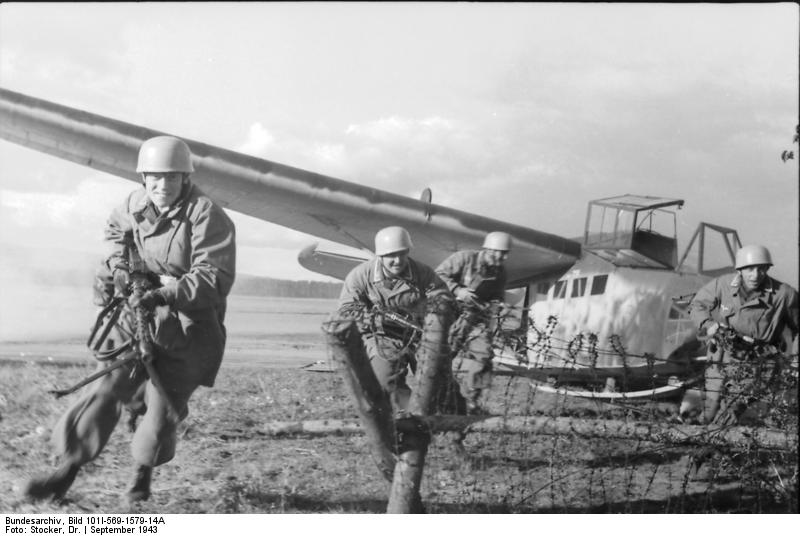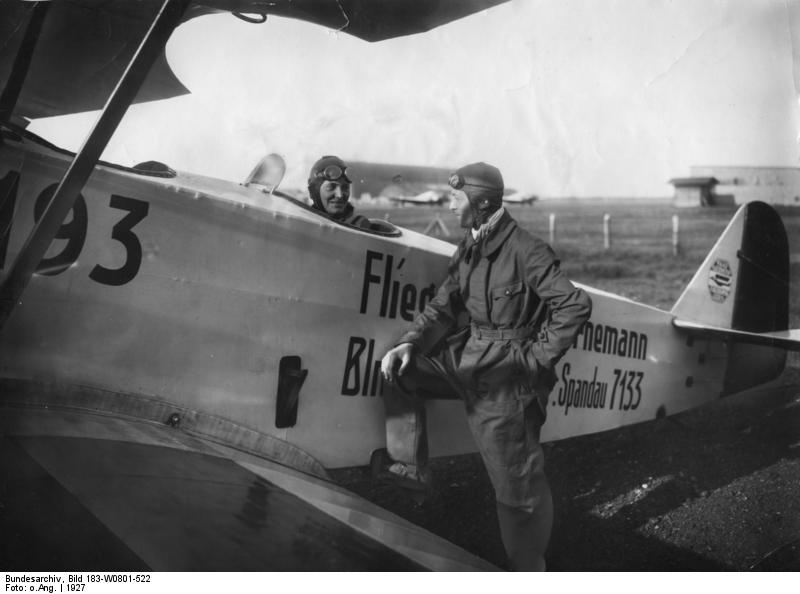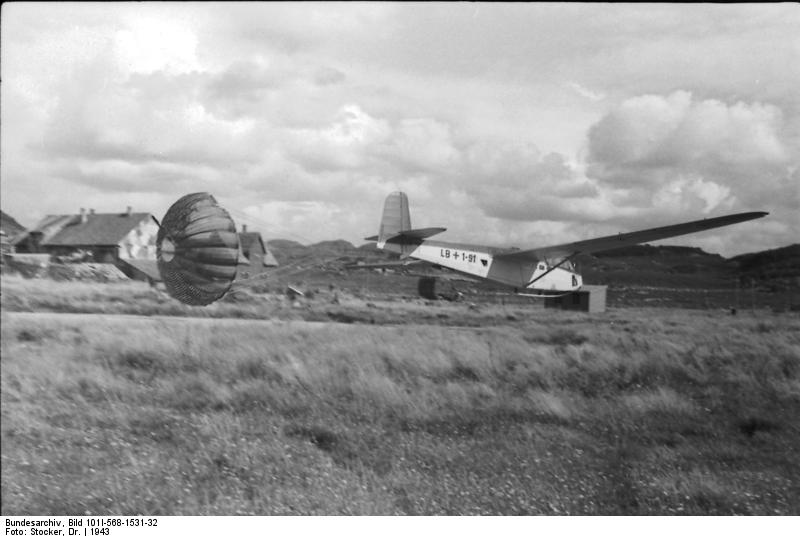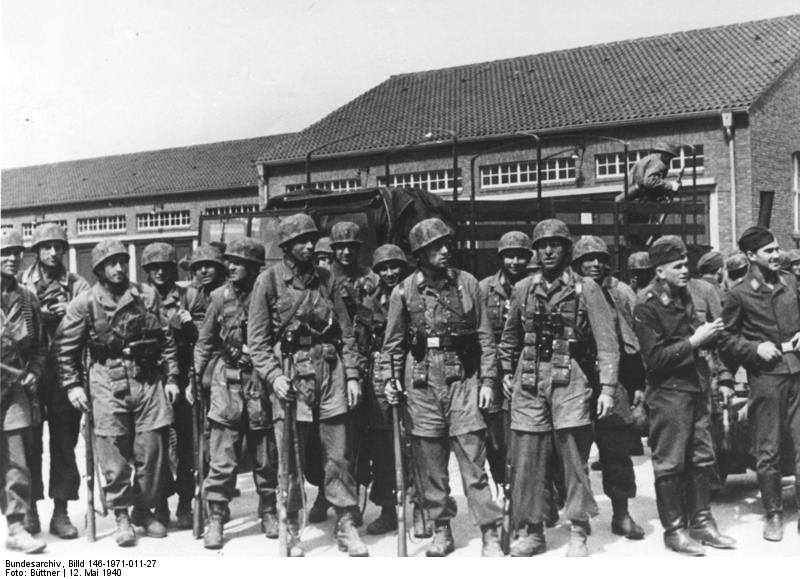
- For PC
- For MAC
- For Linux
- OS: Windows 10 (64 bit)
- Processor: Dual-Core 2.2 GHz
- Memory: 4GB
- Video Card: DirectX 11 level video card: AMD Radeon 77XX / NVIDIA GeForce GTX 660. The minimum supported resolution for the game is 720p.
- Network: Broadband Internet connection
- Hard Drive: 22.1 GB (Minimal client)
- OS: Windows 10/11 (64 bit)
- Processor: Intel Core i5 or Ryzen 5 3600 and better
- Memory: 16 GB and more
- Video Card: DirectX 11 level video card or higher and drivers: Nvidia GeForce 1060 and higher, Radeon RX 570 and higher
- Network: Broadband Internet connection
- Hard Drive: 62.2 GB (Full client)
- OS: Mac OS Big Sur 11.0 or newer
- Processor: Core i5, minimum 2.2GHz (Intel Xeon is not supported)
- Memory: 6 GB
- Video Card: Intel Iris Pro 5200 (Mac), or analog from AMD/Nvidia for Mac. Minimum supported resolution for the game is 720p with Metal support.
- Network: Broadband Internet connection
- Hard Drive: 22.1 GB (Minimal client)
- OS: Mac OS Big Sur 11.0 or newer
- Processor: Core i7 (Intel Xeon is not supported)
- Memory: 8 GB
- Video Card: Radeon Vega II or higher with Metal support.
- Network: Broadband Internet connection
- Hard Drive: 62.2 GB (Full client)
- OS: Most modern 64bit Linux distributions
- Processor: Dual-Core 2.4 GHz
- Memory: 4 GB
- Video Card: NVIDIA 660 with latest proprietary drivers (not older than 6 months) / similar AMD with latest proprietary drivers (not older than 6 months; the minimum supported resolution for the game is 720p) with Vulkan support.
- Network: Broadband Internet connection
- Hard Drive: 22.1 GB (Minimal client)
- OS: Ubuntu 20.04 64bit
- Processor: Intel Core i7
- Memory: 16 GB
- Video Card: NVIDIA 1060 with latest proprietary drivers (not older than 6 months) / similar AMD (Radeon RX 570) with latest proprietary drivers (not older than 6 months) with Vulkan support.
- Network: Broadband Internet connection
- Hard Drive: 62.2 GB (Full client)

Fallschirmjäger (paratroopers) assaulting from a DFS-230 glider, 1943
“Revenge, at first though sweet, Bitter ere long back on itself recoils”
(John Milton, Paradise Lost).
History tells of many examples where desire for revenge has resulted in greater loss for the one enacting it. The Versailles Treaty is a perfect example and the mother of the Assault Glider and cause of the most unexpected military victory in history.
 |
|
German aviation pioneer Marga von Etzdorf receiving her pilot licence, 1927 |
The 1919 Versailles Treaty stipulated Germany could have no military aircraft whatsoever, however non-powered aircraft (gliders), were not specifically mentioned. Despite this, the German government was aware of the requirement for proficiency in aviation and so by 1922 establish a secret base in Lipetsk, Russia to train pilots; long before Hitler entered politics (the political situation was far different and more amicable in the 1920’s). This single base was far from adequate, so to expand flight training, glider clubs were established all over Germany, the world’s first was Rhön-Rossitten Gesellschaft (RRG). This glider program expanded so by the early 30’s it was teaching tens of thousands of Germans to fly, and it was only getting bigger.
A side effect of the joint Russian training allowed Luftwaffe Colonel Kurt Student to witness Soviet experiments using gliders for military purposes in the mid 1930’s. The Soviets, if anything, were not afraid to try wild and radical ideas in aviation, a policy that bore some fruit. Whilst these experiments might have been focused at delivering cargo to the front instead of troublesome parachute drops, the pin point accuracy of the gliders stuck in Colonel Student’s mind.
 |
| DFS-230 glider in a landing maneuvre |
The political winds changed quickly in Germany from 1933 when Hitler became dictator; once fairly positive national relations soured and tensions rose. Many countries were still struggling with the Great Depression and thinking how to contain the threat of renewed hostility; instead most chose to build massive fortifications that quite rightly intimidated offensive action. Experience at the fortified city of Verdun during World War 1 proved fortifications’ value, and many believed this was still true.
The September 1939 “Munich Dictat” was the pivotal point; while Hitler gained substantial resources more important was obtaining the “state of art” Czech fortification system modelled closely on French and Belgian designs. Within days the Germans were developing ways to defeat modern fortresses like it. The resulting “Shape Charge” device did exactly that, but it was huge and heavy; how could anyone get past formidable defenses to attach the device?
Fort Eben-Emael in Belgium was considered the strongest and most strategically important fort in Belgium; so imposing that the German military thought it was impossible to breach, but it was noted that the top of the huge complex had a large, flat roof. At first considered an insane idea and rejected, Kurt Student was now in a position to bring his concept of airborne assault troops to reality with the perfect target. He formed an elite squad of hand picked troops, the finest the Wehrmacht had and trained with the Czech forts. The final and piece was finding a suitable glider, this was found in the scientific experimental DFS-230 glider, modified to become the world’s first production assault glider.
 |
|
Fallschirmjäger pictured after capturing the Belgian fortress Eben Emael, 12th of May 1940 |
The operation was an outstanding success, 78 paratroopers in 9 gliders surprised and neutralized the most powerful reinforced fortress in Europe and held captive 650 Belgian troops, at a loss of only 6. It was a huge point of pride for Germany, and for Hitler the best propaganda tool he could have ever dreamed of.
Within days the British started designing their own assault glider (General Aircraft GAL.48 Hotspur) and many other countries began forming or expanding their own paratroop force. It was obvious to all sides the value of rapidly inserting troops well behind enemy lines at strategic locations, forever banishing the spectre of stagnant and wasteful trench warfare. The airborne soldier was here and armies acquired an unprecedented level of mobility, this was just the beginning!
The War Thunder Team



